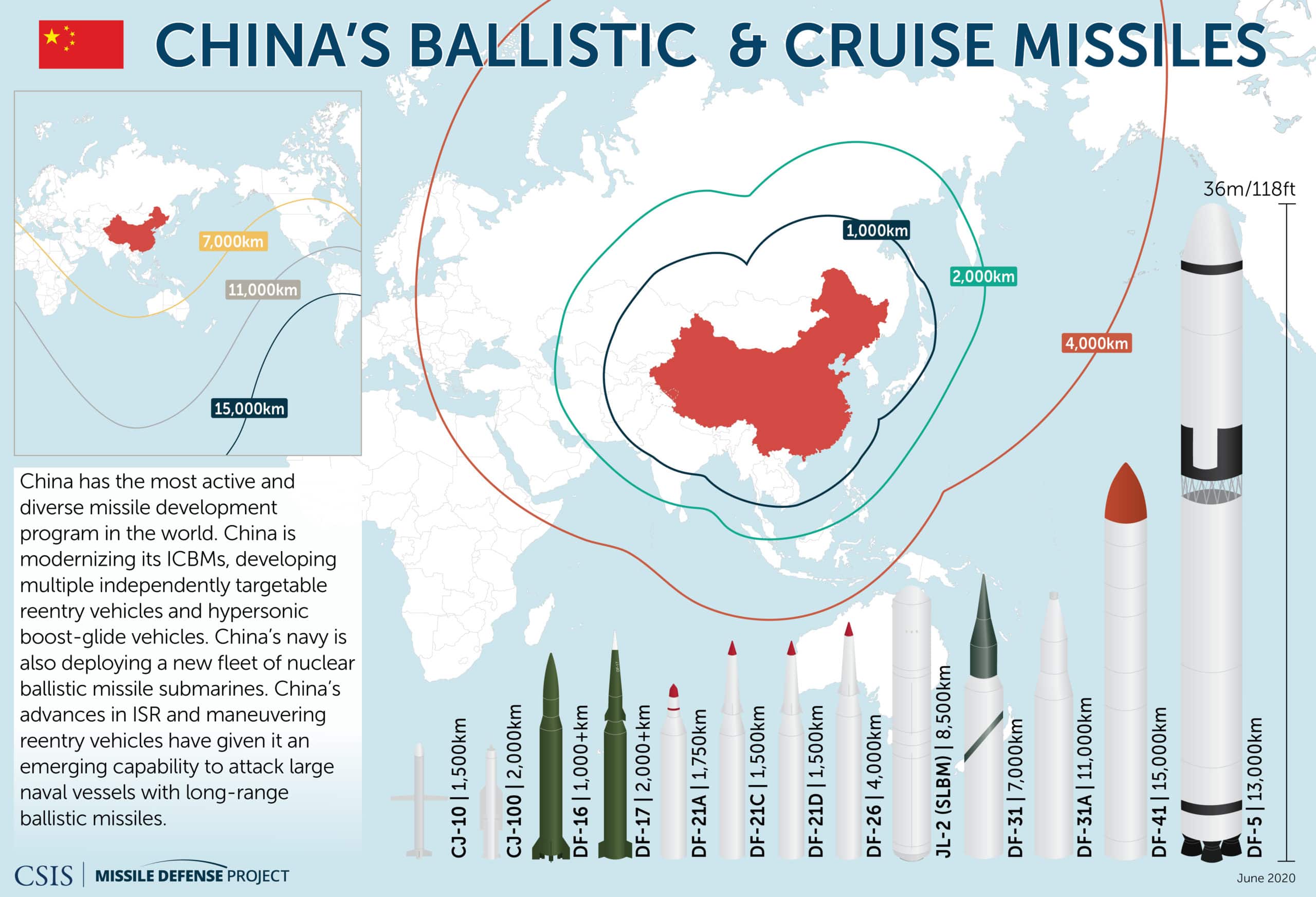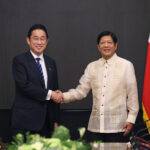Introduction

As global fears of nuclear conflict intensify, China has completed a rigorous test of nuclear-proof communications equipment. Engineers subjected military-grade data link hardware to extreme conditions to ensure its survival against a high-altitude electromagnetic pulse (HEMP) attack, a feared consequence of nuclear detonations in the stratosphere.
Pushing the Limits of Military Standards
While existing military guidelines require equipment to withstand electric fields up to 50 kilovolts per metre, Chinese engineers elevated the test to 80 kilovolts per metre. Despite the harsher environment, the data link system quickly recovered after only a brief disruption, showcasing significant resilience enhancements.
Why HEMP Matters in Modern Warfare
HEMP attacks, caused by nuclear explosions high above the earth, can severely damage electronics without harming humans directly. The high-energy electrons generated can infiltrate through antennas, ventilation systems, and cables, crippling military communication networks during critical moments.
Technical Innovations and Hardening Measures
Engineers from China Electronics Technology Group Corporation (CETC) implemented advanced shielding methods. These included redesigned antennas to divert harmful currents, special welding techniques to seal potential electromagnetic entry points, and the use of new composite materials to fortify system components.
Strategic Context: Rising Global Nuclear Risks
With the UN warning of unprecedented nuclear risks and major powers like the US, China, and Russia conducting strategic missile tests, nations are ramping up their defensive capabilities. China’s recent DF-31AG missile test highlights Beijing’s efforts to ensure second-strike survivability by securing its communication links against HEMP threats.
Implications for Future Warfare
The successful stress test reflects China’s broader strategic goal: maintaining operational integrity even after a nuclear first strike. As military technology advances, electromagnetic shielding and resilience will play increasingly central roles in determining the outcome of high-tech conflicts.
Conclusion
China’s successful doomsday stress test of its nuclear-proof data links showcases the country’s growing focus on military survivability. As global tensions simmer, advancements like these could become critical factors in ensuring national security amid escalating nuclear uncertainties.
Learn More: How the World is Preparing for High-Altitude Electromagnetic Pulse Threats









